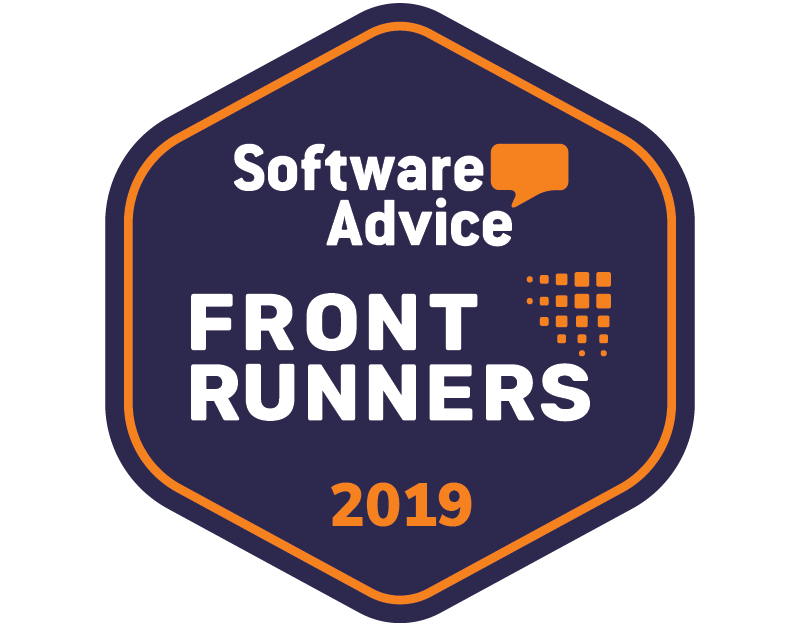What is an EHR?
Your real-time digital system for recording patient health information
Interactive and transferable patient health data
An Electronic Health Record (EHR) system* enables practitioners to complete tasks online that they used to perform using paper charts. With an EHR, you have access to up-to-date patient information and prescription history at the point-of-care from any internet-connected device. Depending on the EHR you use, it might allow you to record family health history, vital signs, lab and imaging results, social history (tobacco and alcohol use), immunizations, treatment plans, and insurance coverage.
The greatest advantage of an EHR is the consolidation of a patient’s health data. And as EHR developers implement the 21st Century Cures Act, patient health information will be more easily accessible by patients and providers across the country.
* Previously known as Electronic Medical Records or EMR
EHR vs EMR—What’s the difference?
The terms Electronic Health Records and Electronic Medical Records are often used interchangeably. At RXNT, we prefer EHR since our system offers functionality for more than just medical care. “Health” connotes overall health and well-being that encompasses the entire care continuum.
Here are some of the other major differences.
Versatility
EHR: Can be used by nearly all specialties, such as behavioral health practitioners, dentists, ophthalmologists, wellness practices, and hospice providers.
EMR: Typically limited to medical practitioners. Digital representation of a patient’s chart, mostly used for diagnosis and treatment. Enables providers to track data over time, identify patients for preventive visits and screenings, monitor patients, and improve healthcare quality.
Functionality
EHR: Performs all the tasks of an EMR, plus enables a provider to record current and previous health conditions, prescription history, lab tests and imaging, treatment plans, vital signs, and other general health information.
EMR: Digital representation of a patient’s chart, mostly used for diagnosis and treatment. Enables providers to track data over time, identify patients for preventive visits and screenings, monitor patients, and improve healthcare quality.
Decision-support tools
EHR: Offers notices and reminders that alert providers about concerns that may result in adverse health outcomes.
EMR: Typically does not include safety alerts or reminders.
Data portability
EHR: Patient health information easily transfers from provider to provider.
EMR: Patient health information cannot be shared outside the practice.
Data monitoring
EHR: Offers reporting capabilities that enables a provider to drill down to specific data points, such as ICD-10 codes and procedures.
EMR: Typically doesn’t offer comprehensive reporting.
Learn by doing
The best way to understand EHRs is to view the RXNT online demo with one of our customer advisors. In the time it takes to drink a cup of coffee, you’ll be completely up-to-speed on this important healthcare technology.
Used in healthcare organizations of all sizes, from small family clinics to large, multi-specialty practices—we offer flexible pricing options to make our tools accessible to almost any practice. Every product is backed by 24/7 cloud-based access, premium in-house support, and regular system upgrades.


